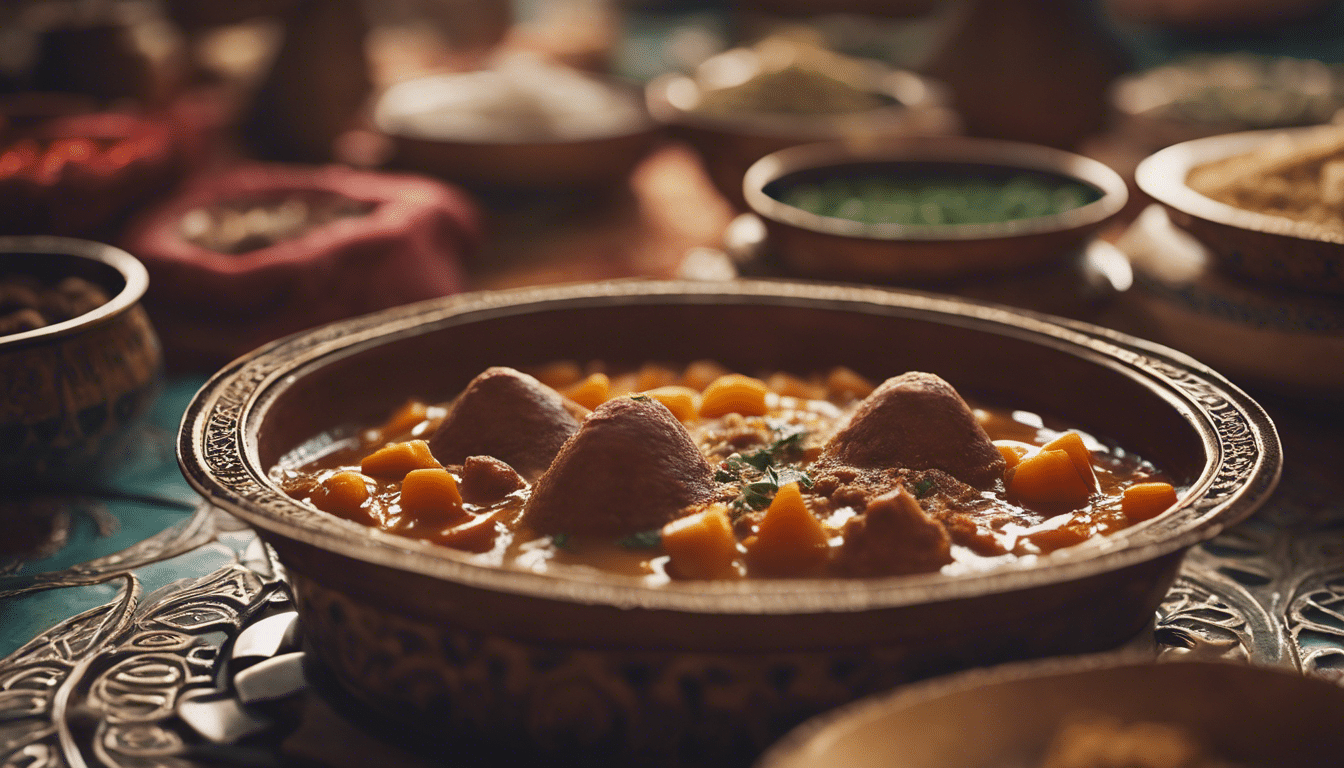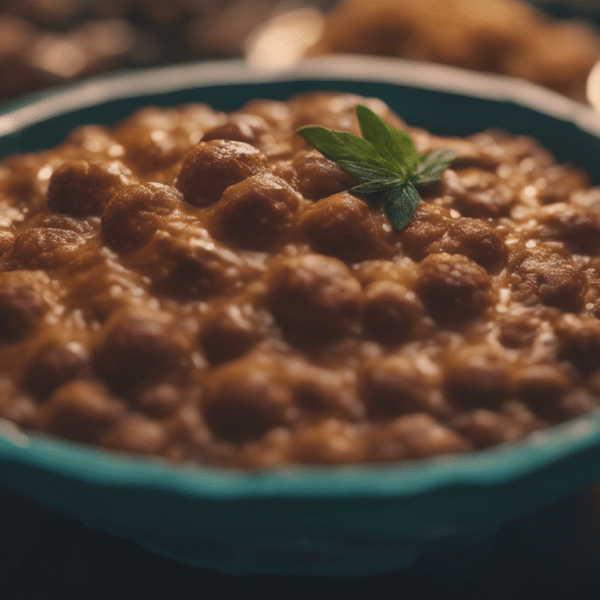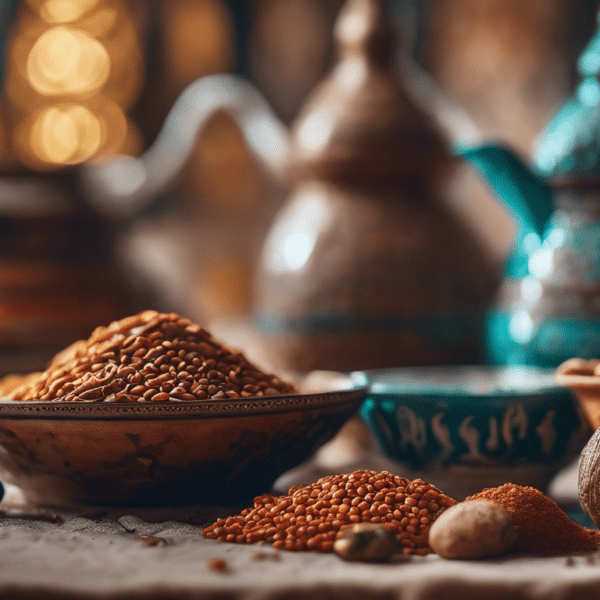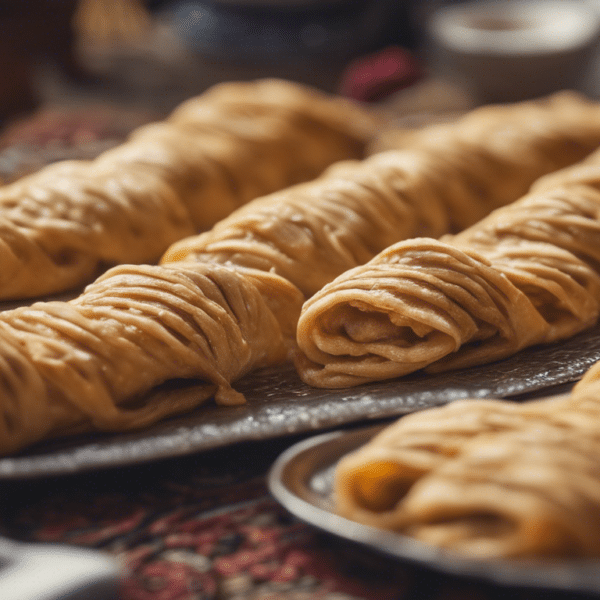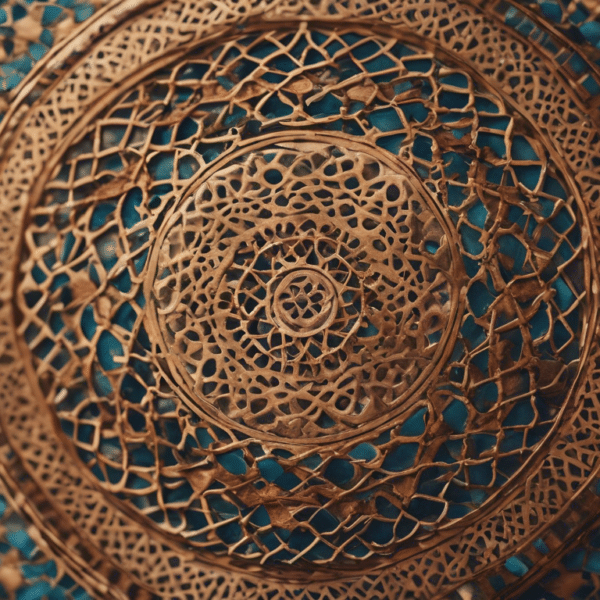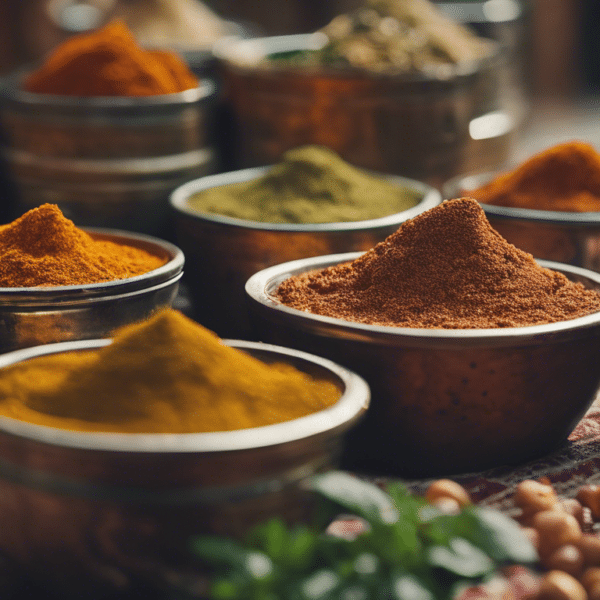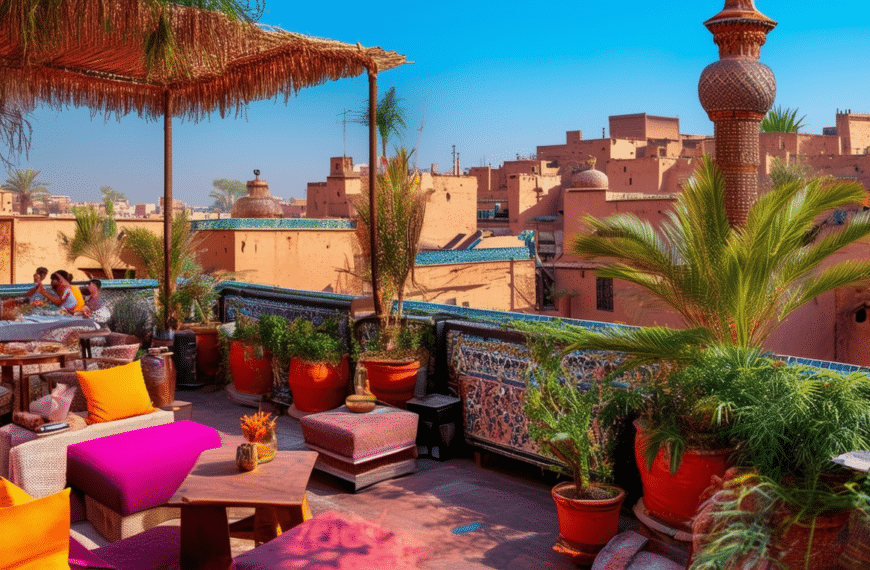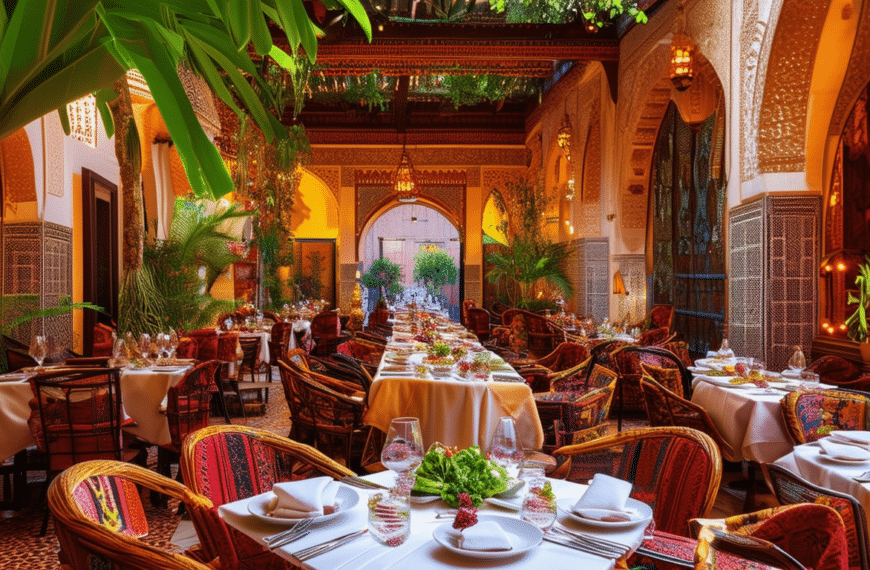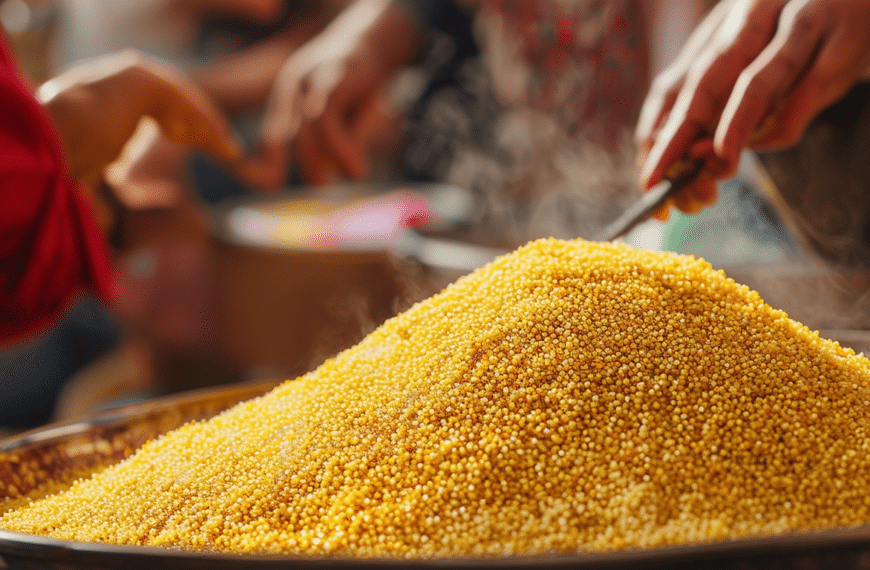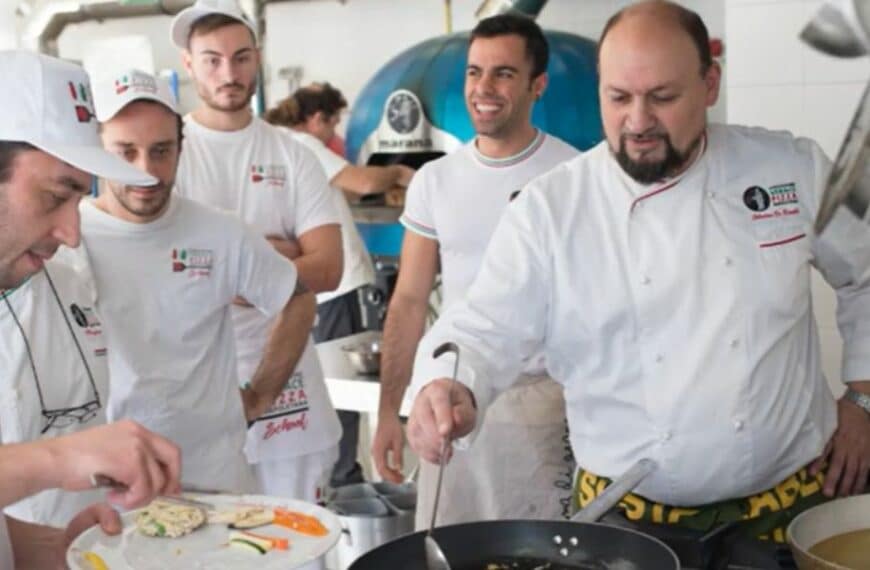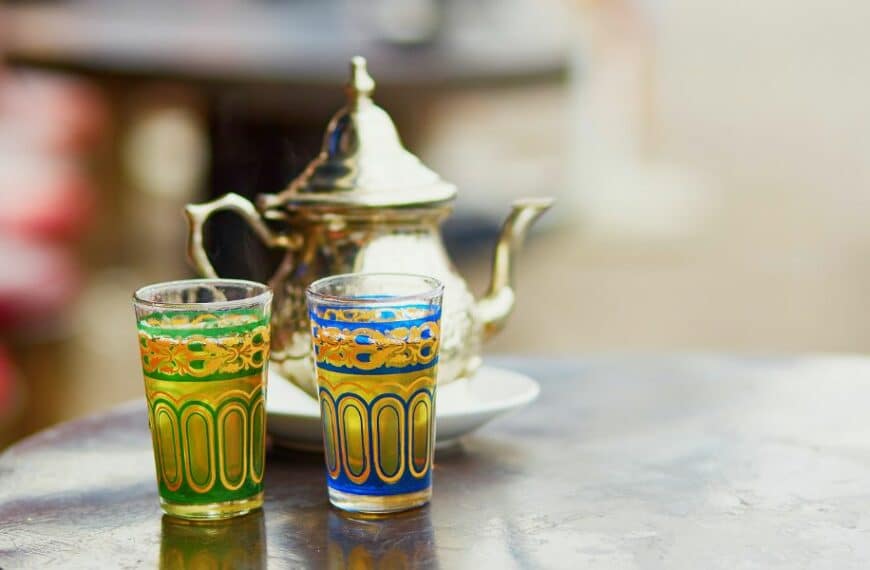The Origins and Cultural Significance of Tagine
The Timeless Vessel: Unearthing the Origins of Moroccan Tagine
Imagine a vessel so steeped in history that its very shape whispers tales of ancient gatherings, spice-laden caravans, and the pulsating heart of Moroccan culture. This celebrated piece of culinary artistry is none other than the Tagine. The origins of this distinctive cookware are as deep as the flavors it encapsulates. It’s believed that the nomadic Berbers, indigenous to North Africa, were among the first to use the conical-shaped tagine as a portable oven, allowing them to prepare food during their endless travels across the desert landscapes.
But the tagine is more than just a cooking vessel. Its significance is sewn into the fabric of Moroccan tradition and social life. Recipes were passed down through generations like heirlooms, each tagine dish a history lesson on a plate. The art of preparing a traditional tagine is a dance with time itself, championing slow-cooking and coaxing out flavors that have ripened under the watchful eyes of centuries.
Ceramic Whispers: The Cultural Significance of Tagine
To savor a tagine is to taste the rich tapestry of Moroccan life. Each ingredient tells a story – the olives nestling in the sauce speak of the Mediterranean’s embrace, the apricots whisper of the sun’s kiss upon endless orchards, and the saffron’s crimson threads bear testament to trade routes that spanned continents. The cultural significance of the tagine cannot be overstated; it’s a dish that demands gathering, sharing, and celebration. It’s central to festivities and familial bondings, encapsulating the hospitable spirit of Moroccan people.
Moreover, the tagine has transcended borders, becoming an ambassador of Moroccan culture in the global dining scene. Chefs around the world strive to recreate the authentic taste of this North African specialty, paying homage to its flavorful depths. But to the true gastronome, the allure lies not solely in the dish but in the very ritual of its preparation — the slow simmering that harmonizes the spices and ingredients, merging them into a crescendo of aroma and flavor unique to the land it hails from.
Let’s delve into a tale of spice and steam, where clay meets fire, and history fuses with taste. As the tagine continues its global journey, it speaks of a culture rich and diverse, of a people whose story is served warm, one flavorful spoonful at a time.
Essential Ingredients and Spices for Authentic Flavor
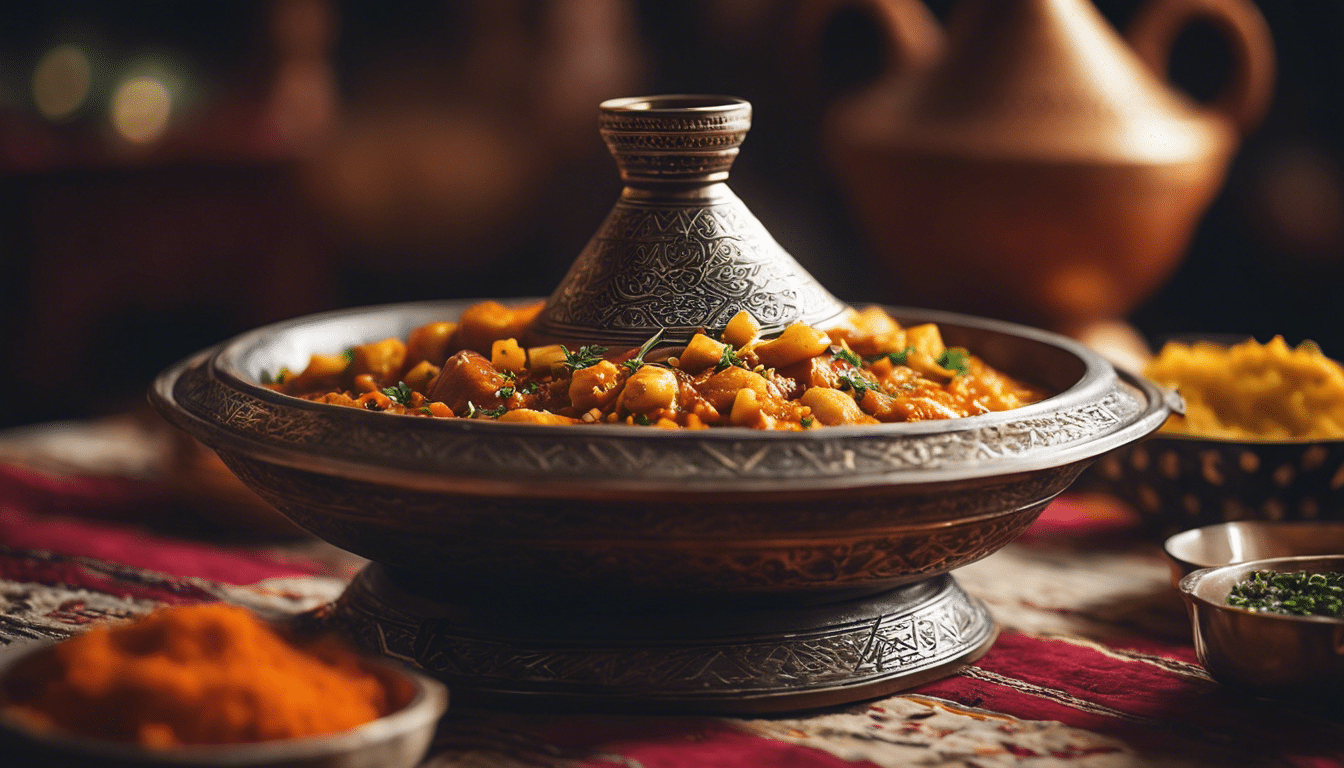
Dive into the heart of Moroccan culinary artistry with a dish that intertwines history, culture, and an explosion of flavors in every bite – the iconic Moroccan Tagine. This isn’t merely a dish; it’s a journey through aromatic lanes and vibrant spice bazaars of Morocco. To capture the authentic essence of a true Moroccan Tagine, certain ingredients and spices are non-negotiable. These treasures of the Moroccan pantry bring dishes to life, whether you’re a seasoned chef or an enthusiastic home cook looking to recreate magic in your kitchen.
The Foundation: Quality Proteins and Fresh Vegetables
A traditional tagine starts with a solid foundation: proteins and vegetables. The meats often range from lamb, known for its rich depth, to chicken, celebrated for its versatility. For the ocean’s bounty enthusiasts, fish offers a lighter yet equally sumptuous option. Alternatively, for a garden-fresh rendition, you cannot go wrong with a bounty of fresh vegetables. Layer them lovingly; think plump tomatoes, earthy potatoes, vibrant bell peppers, and sweet onions – all contributing to the nutritional symphony of the dish.
The Aromatic Quartet: Cumin, Ginger, Turmeric, and Saffron
Embark upon an aromatic escapade with the quartet of spices that define the soul of a Moroccan Tagine. Begin with cumin, the earthy note that is robust yet not overpowering. Next, ginger steps in with its warm, zesty punch, a perfect partner to the deep notes of cumin. Turmeric lends its golden hue and gentle bitterness, harmonizing the medley. The crescendo reaches its peak with saffron – the red gold that sprinkles sunshine and an exotic aroma, transforming the tagine into a palette of warm ochre tones and scents that whisper tales of ancient Medina.
Herbs and Condiments: Coriander, Parsley, and Preserved Lemons
Embrace the greens, for they are more than garnish – they are the sprightly dancers in the flavorful feast of tagine. Coriander offers a lemony citrus vibration, while parsley brings a clean, slightly peppery touch to the table, both mingling gracefully. Then there’s the chorus of preserved lemons, those jewels marinated in tradition and time. Their rind, seasoned in a ballet of salt and lemon juice, imparts a unique pickled tang, a beautiful contrast to the warmth of the spices.
The Binding Essence: Olive Oil and Aromatic Waters
No tagine narrative is complete without the golden drizzle of olive oil, the silky medium that carries flavors and fosters a gentle stewing of ingredients. A glug of quality olive oil not only enriches the dish with a fruity depth but also celebrates the heritage of Moroccan agronomy. Meanwhile, waters distilled from petals and blossoms, like rose or orange blossom, whisper floral notes, a gentle kiss upon the robust flavors, creating a culinary tapestry as rich as the Moroccan lands themselves.
Combining the Elements: Art of Layering and Slow Cooking
The magic of tagine culminates in the art of layering and the patience of slow cooking. Tender meat nestles at the base, followed by a colorful confetti of vegetables, each piece artfully placed. This rainbow is dusted with the aromatic quartet and brightened with herbs and preserved lemons. As the tagine’s conical cover ascends, it seals the pact of flavors, and the low and slow simmer begins – a process that teases out textures and marries the ingredients in a sumptuous union.
A tagine is more than food – it’s an experience, a love story where every element plays a pivotal role. Its ingredients, when woven together with time-honored traditions and spices, create not just a meal, but a masterpiece that dances on the palate and sings of Moroccan splendor.
Step-by-Step Guide to Cooking Traditional Tagine
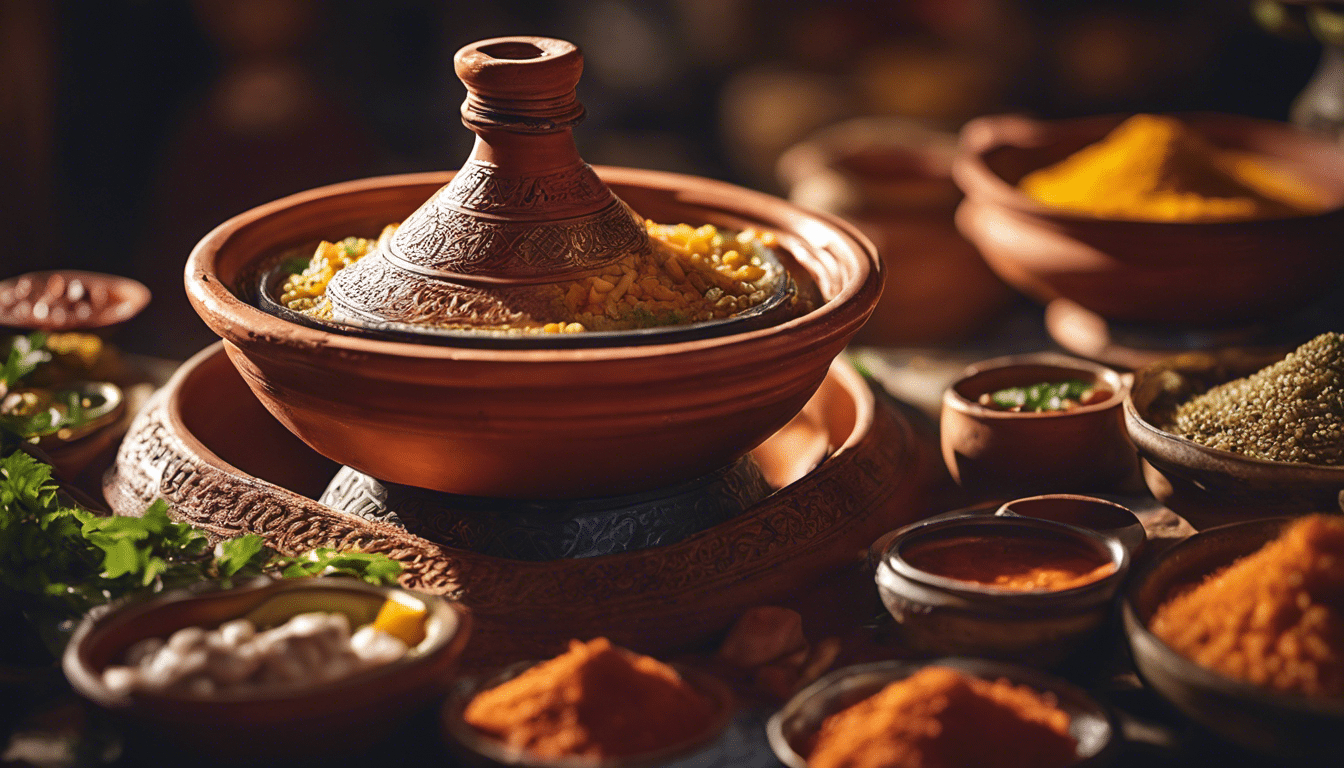
The Majestic Dance of Spices and Earth: Embarking on the Moroccan Tagine Journey
You are about to embark on a sensory expedition, one that begins with the aromatic allure of a Moroccan Tagine. This isn’t merely a dish; it’s a ritual, a time-honored tradition woven into the fabric of Moroccan heritage. The tagine, both the name of the earthenware and the stew it breathes life into, is a symphony of flavors waiting to be savored.
Assembling Your Culinary Palette: The Essentials
To set the stage for your masterpiece, your kitchen must turn into an artist’s studio. Here, the paints are your ingredients; select them with care. You’ll need a balanced ensemble of spices such as cumin, coriander, turmeric, and the quintessential ras el hanout. Your canvas? The tagine pot itself. If you don’t own one, a heavy-bottomed casserole may stand in, but the traditional vessel is recommended for an authentic touch.
The Prelude: Preparing Your Ingredients
In the mosaic of Moroccan cooking, every element has its place. Begin by lovingly chopping your onions, crushing your garlic, and dicing any additional vegetables with a rhythm all their own. The heart of your tagine—be it lamb, chicken, or vegetables—must be prepared with respect, each piece ready to embrace the spices. Your choice of meat should be rich and finely marbled, a testament to the flavors it’s destined to absorb.
Layering Flavors: The Art of Spice and Sear
The first act of flavor in your tagine journey starts with the sear. Heat your tagine vessel gently, coating the bottom in a shimmering lagoon of oil. As the air fills with excitement and heat, caress your protein in the spice mix, ensuring a vibrant cloth of flavor on every side. Place it in the tagine with a sizzling promise—the crust that forms is the groundwork of a deep, complex profile.
Building the Foundation: Vegetables and Broth
With the protein setting its flavors in the tagine, surround it with a patchwork of vegetables. Potatoes, carrots, and bell peppers become the supporting cast, each one steeped in the same spice promised land. Now comes the soulful pour of broth or water, offering the ingredients a pool to swim and meld their essences—a serene bath that will nurture them tenderly till perfect doneness.
The Simmer: A Low and Slow Embrace
The cover now takes its throne atop the tagine, enveloping the ingredients in a slow dance of steam and heat. This is where patience plays its part—allow the elements to tango undisturbed, leading to a crescendo of velvet textures and imbued flavors. The ritual could take hours, but through this ancient alchemy, your Moroccan Tagine transforms into a stew of legendary character.
Finishing Touches: Garnish and Presentation
As the journey nears its end, lift the lid and inhale the tapestry of fragrances. A final flourish is in order—fresh herbs, a drizzle of olive oil, perhaps a shower of almonds or apricots for a touch of sweetness. Serve your masterpiece directly in the tagine, the vessel of creation itself, and watch as the anticipation blooms around the table.
Epilogue: The First Bite and Beyond
With the first forkful, the story of your Moroccan Tagine comes to life—the meat succumbs tenderly, the vegetables are comfort in each bite, and the spices sing of distant lands. This isn’t just a meal; it’s an experience, a journey through Morocco’s soul. Wash it down with a glass of peppermint tea, and you know, deep down, that this is not just cooking—it’s magic.
A traditional Moroccan Tagine is a culinary odyssey, with each step laying the foundation for an experience steeped in culture and flavor. As you savor the fruits of your labor, remember, this is not a mere dish—it’s an invitation to a realm where every ingredient tells a story. Cherish it, for you just created more than food; you created art, a feast for the senses, a timeless echo of Moroccan tradition.

